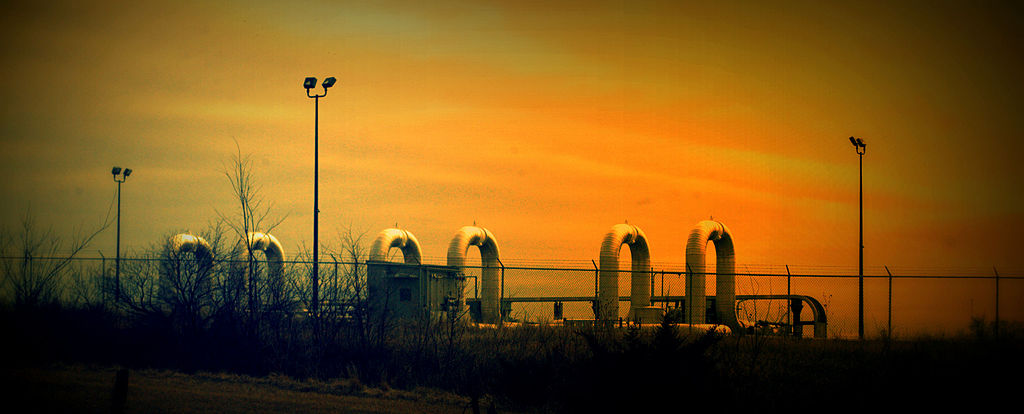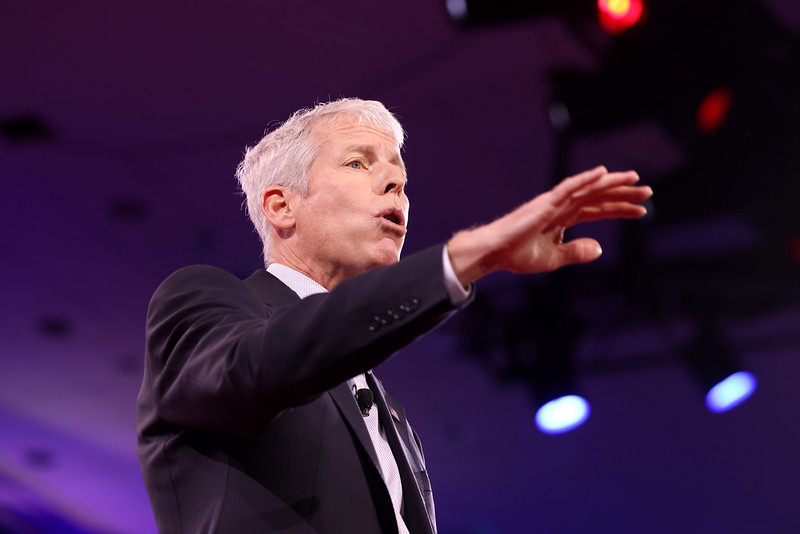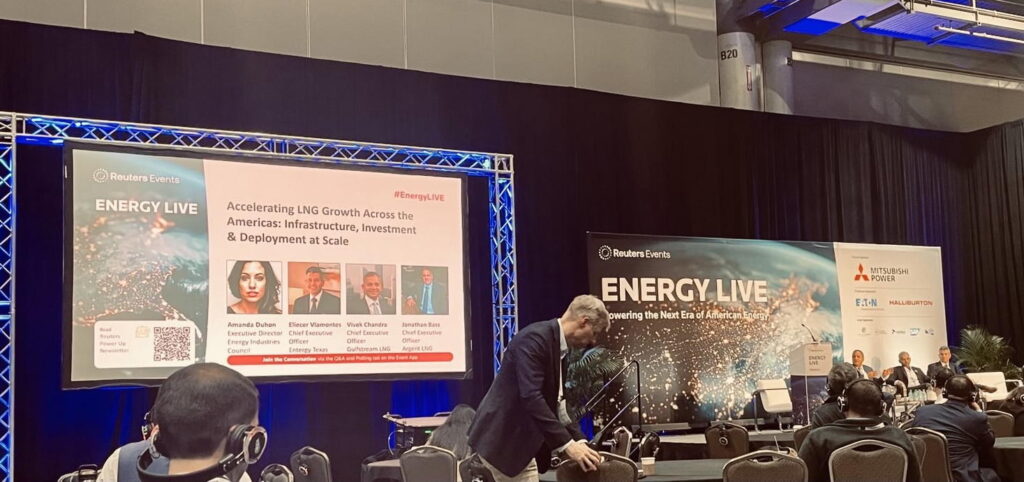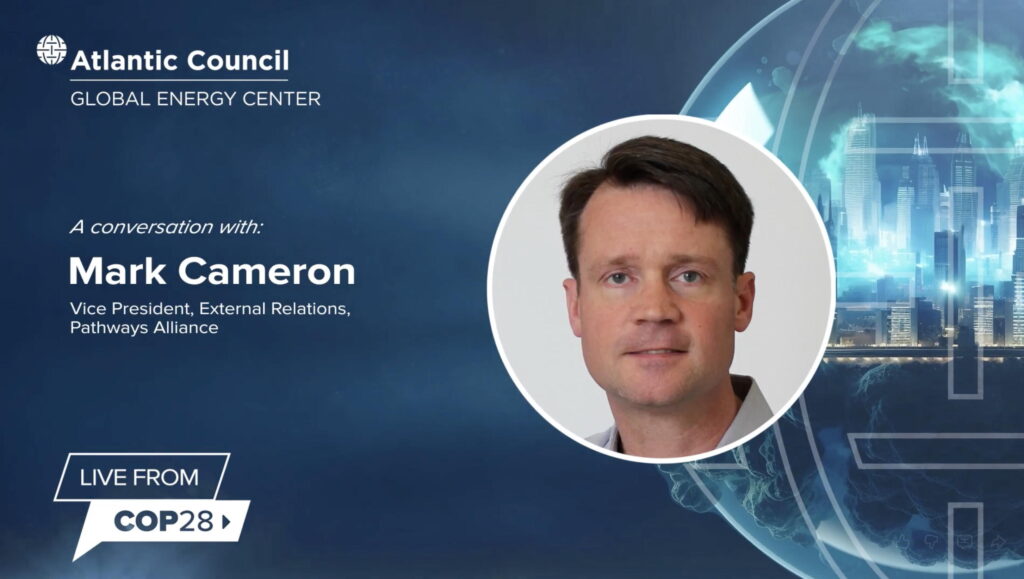Is our country more important than another oil pipeline? Apparently not, according to Alberta Premier Danielle Smith. On the very day that Prime Minister Mark Carney was flying to Washington for a high stakes meeting with President Trump, Smith delivered a speech demanding pre-approved oil corridors to the Pacific, Atlantic and Arctic coasts under the barely veiled threat of separation of Alberta from Canada.
Approving (and potentially paying for) additional oil pipelines out of western Canada has become a kind of loyalty test for federal politicians. Smith and other industry surrogates seem to want Carney to demonstrate his fealty to the oil patch or face the prospect of a national unity crisis. Since oil pipelines are somehow being elevated to the importance of a Canadian sovereignty deal-breaker, it is worth asking: are they actually needed?
Not according to the Macdonald Laurier Institute (MLI), one of Canada’s most influential free-market think tanks. This pro-oil and gas organization stated in an April report that there is currently “sufficient pipeline capacity” for western Canadian oil, arguing that “Canadian oil prices are remarkably strong at the moment.”
Subscribe to our newsletter
Stay up to date with DeSmog news and alerts
That MLI is not a full-throated cheerleader of additional pipelines is illuminating in contrast to Smith’s over-heated oil patch rhetoric. The think tank, after all, has received funding from the likes of Imperial Oil, Enbridge and a foundation founded by oil and gas billionaire Charles Koch. MLI is also a partner of Atlas Network, a U.S. organization that supports over 500 “free market” organizations around the world.
MLI also threw cold water on Smith’s arctic pipe dreams, stating in a 2024 opinion piece that “roads and seasonal ports in the Canadian North are incredibly expensive to build and maintain, and their use case is limited.” MLI went on to predict that “Canadian oil and gas are very unlikely to be shipped and exported through northern ports” due to high costs, poor economics and short ice-free seasons.
Other real world evidence demonstrates there is currently no credible business case for new Alberta oil pipelines. The newly completed Trans Mountain pipeline expansion was only 77 percent full during 2024 and is projected to have 16 percent excess capacity in 2025. Trans Mountain just downgraded its forecasts out to 2028 showing the massively expensive project still won’t be fully utilized three years from now.
The company recently confirmed it has no plans to build a third pipeline on their existing right-of-way to Vancouver and could add another 300,000 barrels per day of improvements to existing systems — if needed. Since none of these upgrades are underway, one can conclude that existing capacity will be sufficient for several years into the future.
Enbridge is likewise not proposing any new pipelines out of Alberta, instead investing $4 billion in upgrades on its systems that will add 345,000 barrels per day of capacity by 2028. Enbridge president Gregory Ebel stressed to investors this month that the company’s focus is on “super permit light” incremental improvements, with no projected plans out to 2035 for additional pipelines from western Canada.
There are exactly zero private sector players proposing new oil pipeline projects anywhere in Canada, despite the “build, baby build” mantra being repeated by Carney, who advocated during his election campaign for a pipeline to Quebec. The last such oil pipeline proposal was way back in 2014 with the Energy East pipeline project, which was abandoned by investors before the approval process was even completed due to plunging oil prices and far cheaper pipeline options.
With private sector pipeline proponents nowhere to be found, does Smith then expect the public to pay for another pipeline in hopes that her rage-farming will finally cease?
The eye-wateringly expensive Trans Mountain pipeline was only completed by Canadian taxpayers shelling out $34 billion, of which the public will likely be out of pocket over $18 billion even if it is finally sold to private investors.
This massive Canadian subsidy in service of expanded fossil fuel extraction was hardly a nation-building project. When the most expensive infrastructure project in Canadian history finally became operational in May 2024 it did not even garner a photo op, and has seemingly resulted in only increased separatist vitriol from Alberta.
The unused TMX capacity after a year of operating further illustrates that just because a new pipeline is built is no guarantee that oil companies will choose to use it if cheaper tolls are available elsewhere.
Despite relentless rhetoric about a “lost decade” due to hostile Ottawa energy policies, Alberta oil production increased by 40 percent since the federal Liberals came to power in 2015. Canadian oil and gas revenues exceeded $1.1 trillion between 2015 and 2022. The five biggest oil producers in Alberta enjoyed annual operating profits of $44.3 billion in 2021-22 — a tenfold increase since 2015.
So where did the money go? Those same five companies ploughed $20 billion of record-breaking profits into dividends and stock buy-backs in 2022 — more than double the proportion paid out to investors in 2014. And since only 25 percent of those shareholders are Canadian and even fewer live in Alberta, the vast majority of that windfall is going elsewhere.
Meanwhile the embers of ignorance so cynically fanned by Smith are already beginning to singe the fabric of our country. Several separatist parties are now racing to be the first to sacrifice our nation on the altar of ginned-up oil industry grievances.
In the absence of a credible and costed business case, the public trolling by Alberta politicians around mythical pipelines is dangerous nonsense and needs to stop.
Subscribe to our newsletter
Stay up to date with DeSmog news and alerts






